Horses with Arthritis – Benefits of Hawthorn
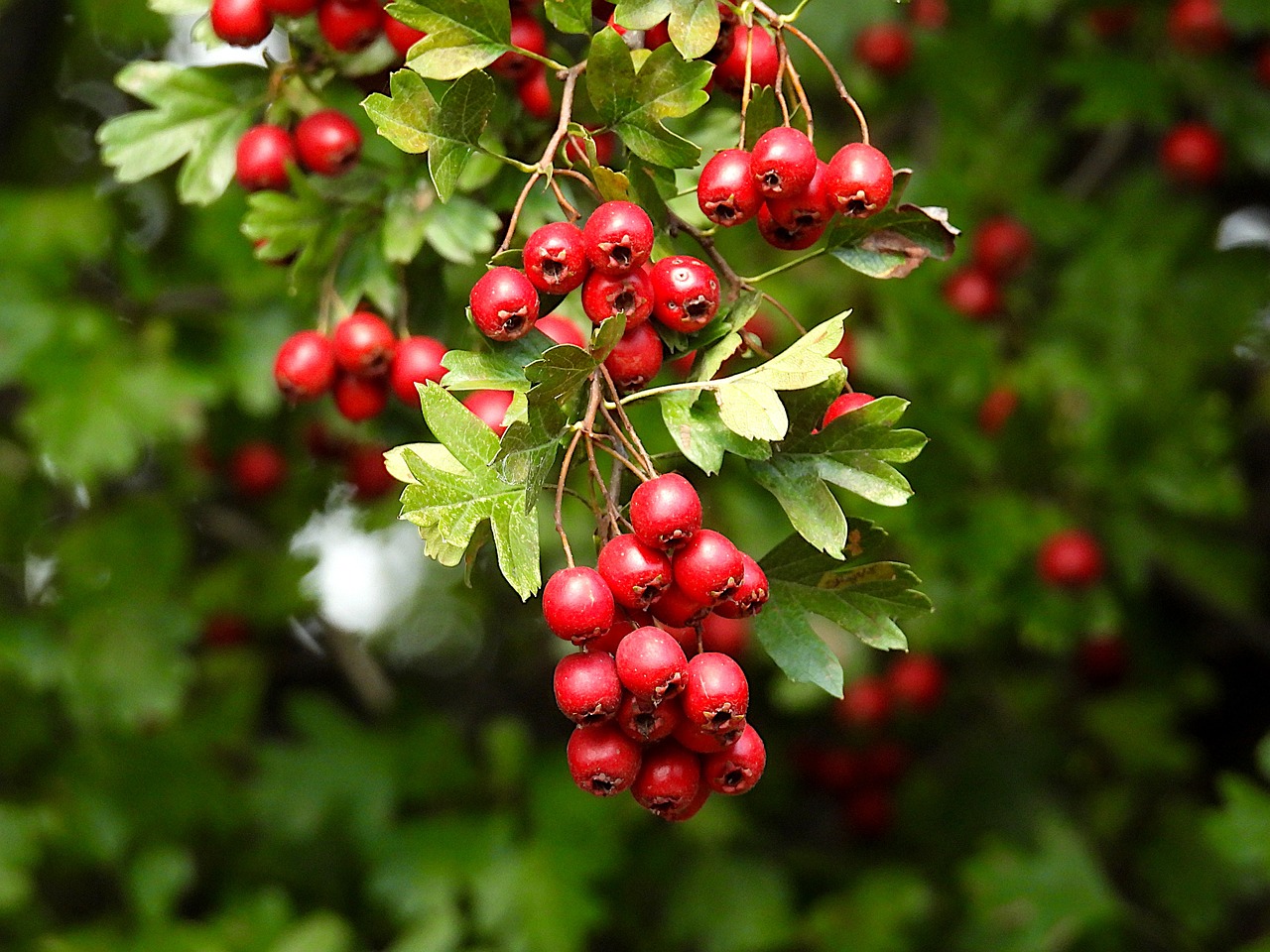
Horses with arthritis could possibly benefit greatly from eating Hawthorn, both the tops of the plant and the berries. Its proper botanical name is Crataegus monogyna & Crataegus oxyacantha and it is considered an extremely valuable medicinal herb.
Hawthorn berries are used extensively as a cardiac tonic and for increasing circulation which is very important for horses with arthritis. The leaves and flowers are used for the same purpose and it was known in the Middle Ages as a symbol of hope and taken for many ailments.
Western herbalists consider it to be a “food for the heart” increasing blood flow to the heart muscles and restoring normal heartbeat. It is a wonderful herb for the elderly senior horse helping with circulation and strengthening the heart.
Hawthorn is also used for joint remedies for horses with arthritis as it increases circulation and is great for helping rid the body of toxins which can build up in the joints. It is considered an astringent, antispasmodic, cardiac, diuretic, sedative and tonic.
Hawthorn is also very useful in horses that have navicular syndrome as it dilates the blood vessels. Often you can see horses with navicular or laminitis nibbling on the new leaves of Hawthorn bushes if they are so lucky to have easy access.
Hawthorns are normally planted as a hedge and are perfect for creating a hedgerow containing other edible herbs for horses. The sharp thorns protect the edible herbs from being completely eaten to the ground by voracious horses but allow them to nibble any tasty morsels within their reach.
Hawthorn is in fact considered a noxious weed in Victoria and South Australia and is native to Europe, North Africa and West Asia. Hawthorn is very common throughout Victoria, south east New South Wales, Tasmania and south Australia where there is moderate to high rainfall.
Hawthorn has been relatively well researched and its main medicinal benefit is due to it’s bioflavonoid content. The active constituents relax and dilate the arteries, especially the coronary arteries. This then increases the flow of blood to the heart.
Hawthorn is also considered to be highly antioxidant, which in turn helps reduce degeneration of the blood vessels. It is used today for angina and irregular heartbeat but also requires a few months to produce noticeable results. Like many herbs, hawthorn works in tune with the body which requires time for change to occur.
Not only is this herb used for high blood pressure but it also raises low blood pressure and herbalists have found it can restore blood pressure to normal. Combined with Ginkgo it is used to improve memory by improving circulation to the head and oxygen to the brain.
The 2 species of Hawthorn are very similar, differing mainly in the number of seeds per fruit. They are erect shrubs or small trees around 4-6 metres though can grow up to 9 metres. There are many spreading branches with thorns and triangular to ovate leaves. Flowers are white and appear in clusters with a sweet scent. Hawthorns have bright red berries in autumn but with a mild flavor.
Flowering tops (leaves and flowers) are harvested in late spring and the berries are gathered in late summer and early autumn. The optimum time for harvesting the tops is only about a week so you need to be vigilant to get the correct time. The flowers should be mostly open but not yet fading.
You will need gloves when harvesting the berries. They should be harvested once they turn red. At this stage their level of active constituents is highest and the berries are less likely to be damaged as they are firmer at this stage. Strip the berries into a basket with gloved hands. The berries will need good drying conditions.
Hawthorn leaf and flowers dry quite easily but should be dried quickly in order to retain good color. This can then be used as a tea or infusion or you can steep the berries and feed to your elderly horses. A wonderful herb for maintaining a healthy older horse with arthritis or when competing
The Author:
Jackie is the owner of Brookby Herbs a company dedicated to natural health for horses, dogs and pets in general. A passionate herbal advocate, Jackie believes in the curative power of herbs and natural nutrition for optimum health in animals and humans. Download your own herbal guide “37 herbs and remedies for fabulously healthy animals” at www.brookbyherbs.co.nz


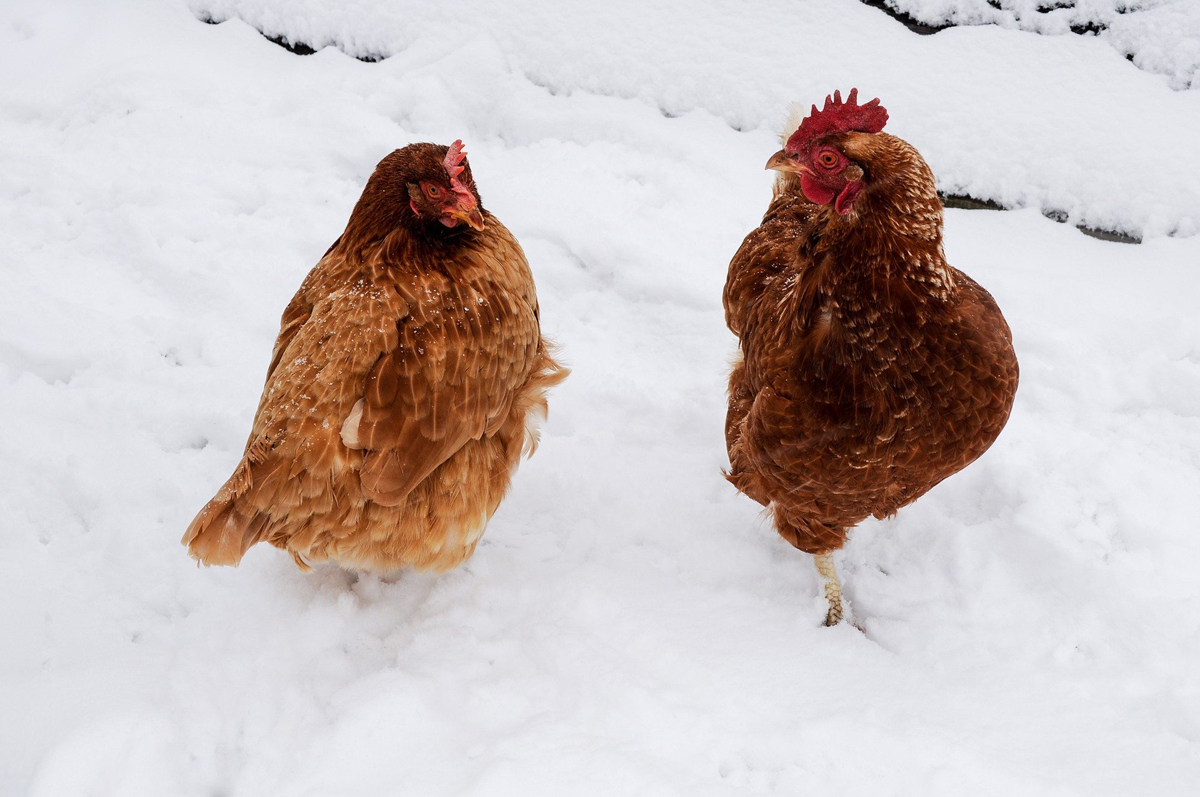
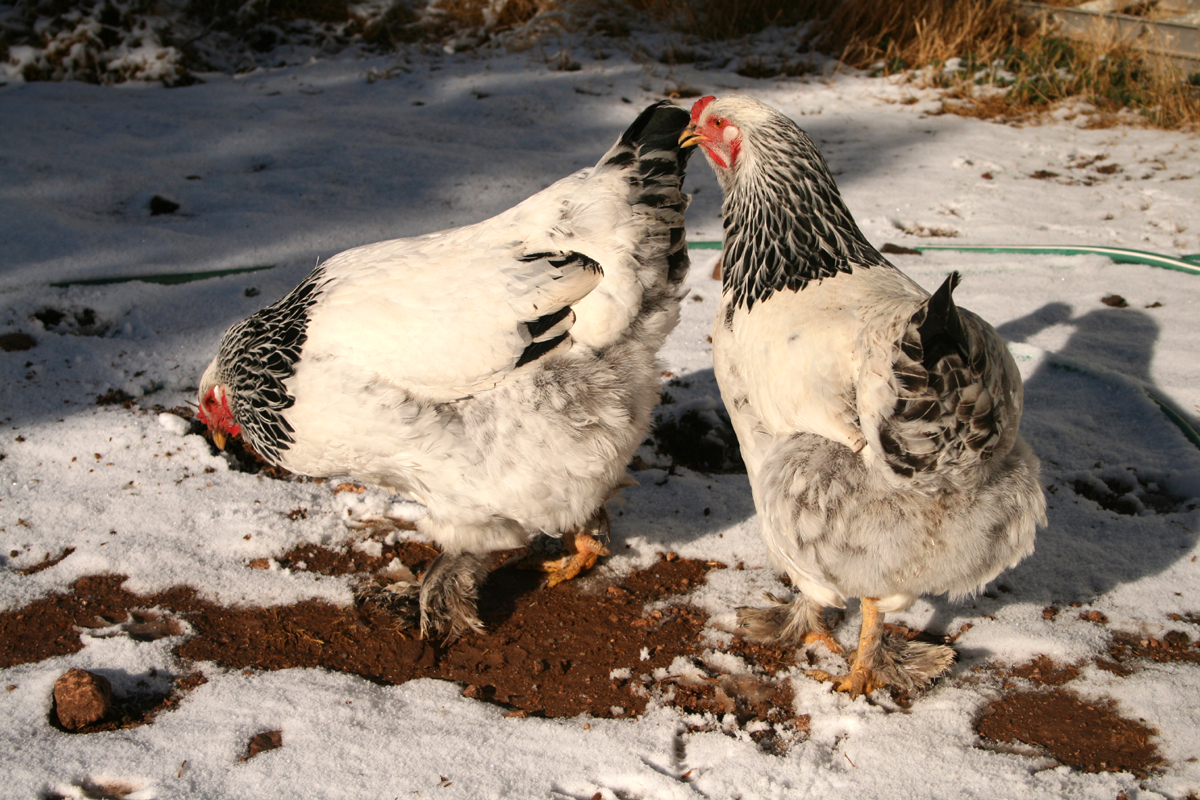

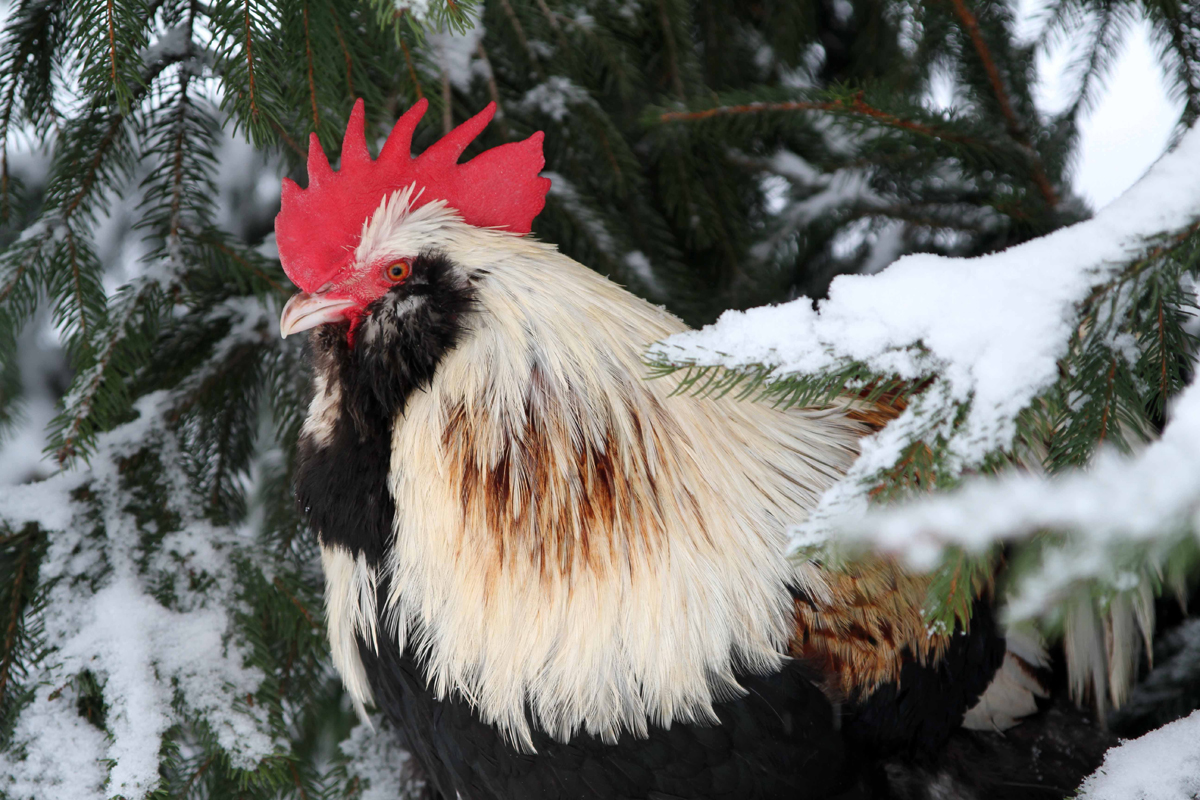
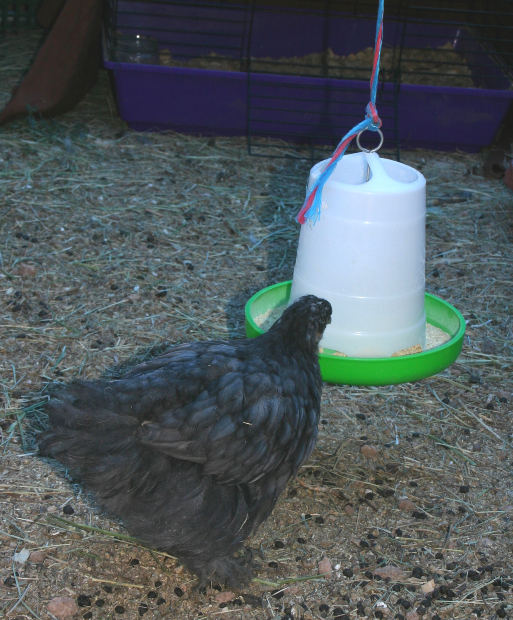
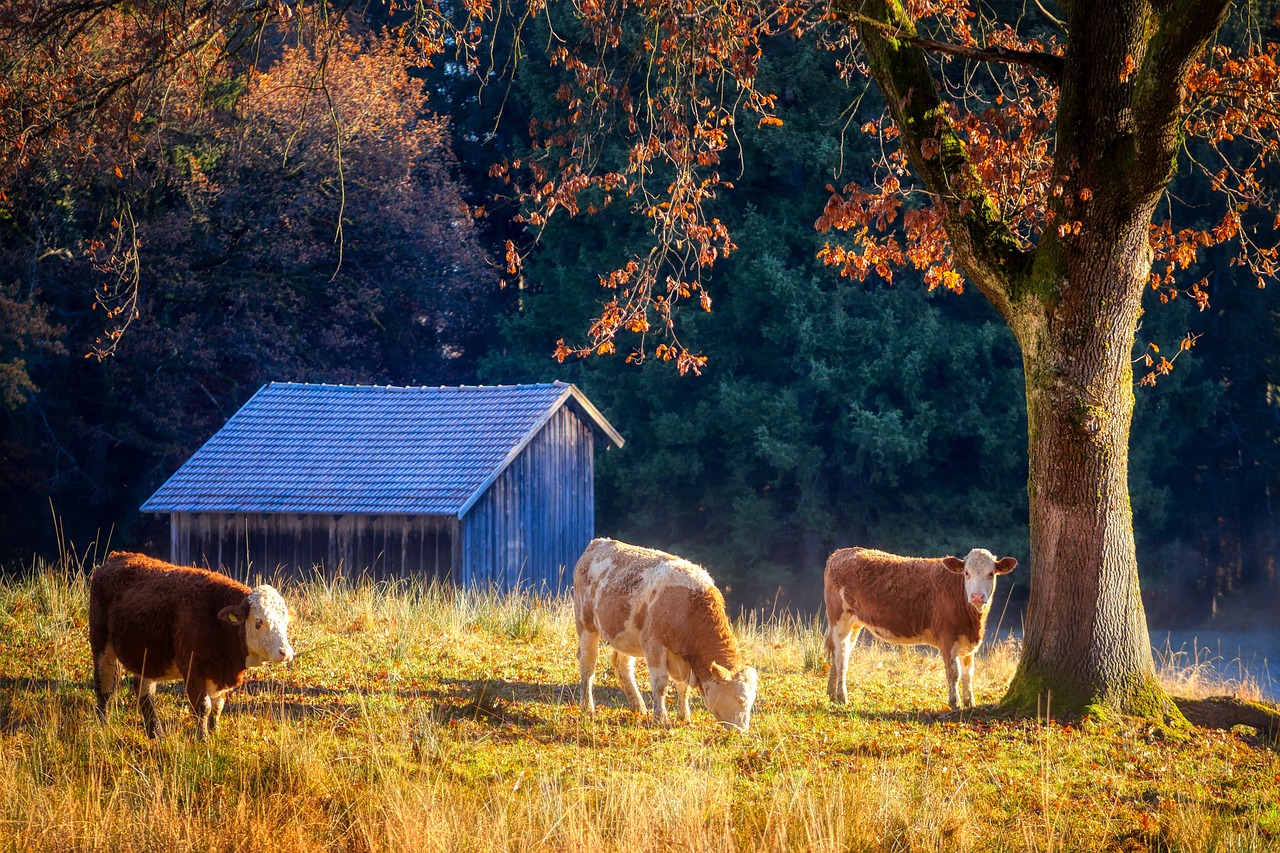
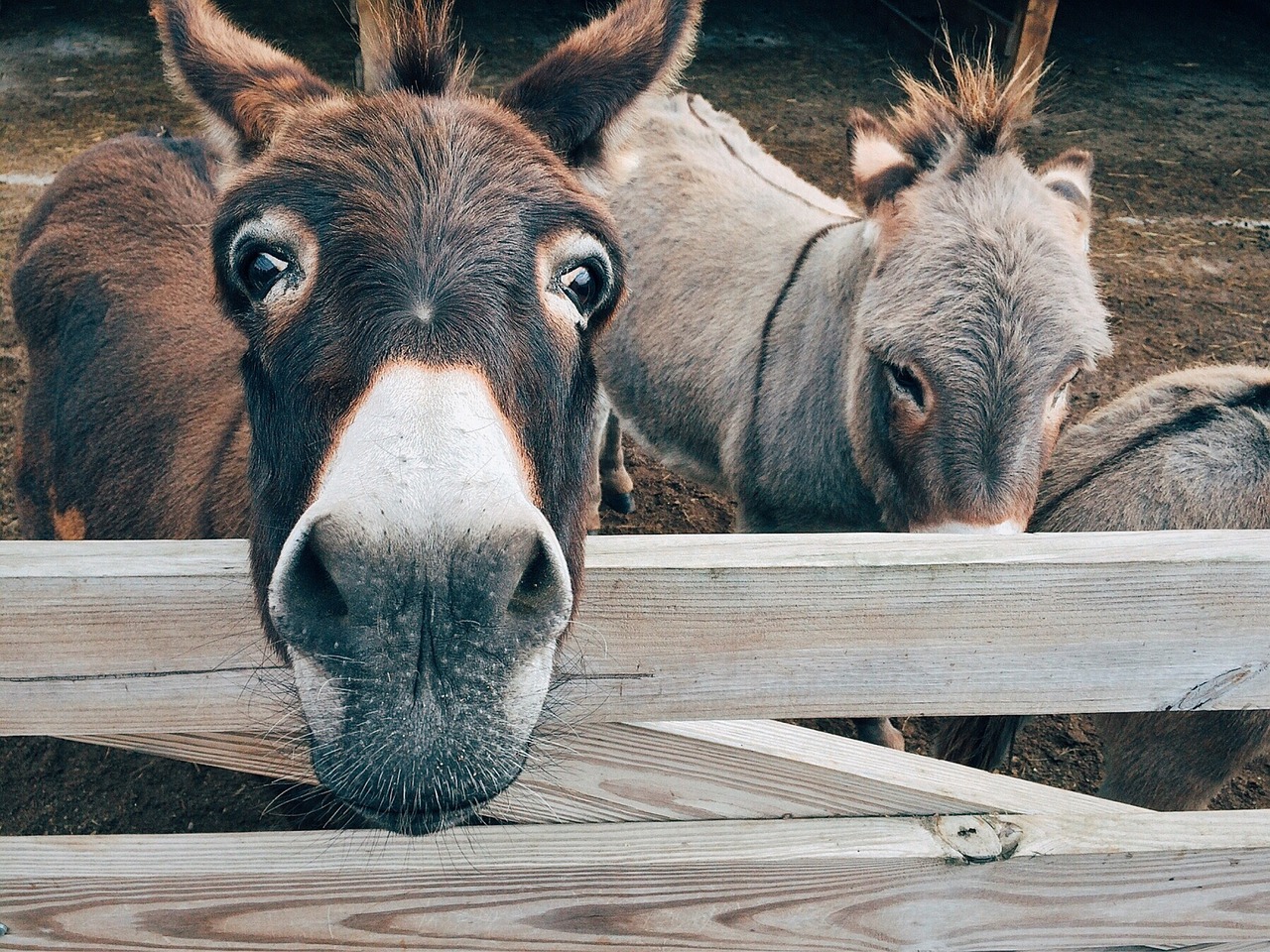
How much Hawthorne top/berries/leaves should my 20 yr old horse have per day?
The recommended dosage of hawthorn top/berries/leaves for horses with arthritis can vary depending on the specific needs of your horse. It is best to consult with a veterinarian or equine nutritionist to determine the appropriate dosage for your 20-year-old horse.
It should definitely be considered as a noxious weed. The thorns are extremely damaging not only to sheep and goats, where they are a prime source of of causing infection and hoof rot. They are also extremely damaging to tractor tires. I need to get aviation tires for the front tires on my tractor due to the many flats I get when using standard tires. There is no hope for standard floatation tires found on riding lawnmowers when hawthorns are around. A poke from a hawthorn, thorn seems to inject something deep in your muscles that cause aching for a prolong time. They go to seed, and germinate everywhere. They are very invasive. The only good thing about them is they are pretty while they are in bloom. In the fall, as things dry out, they appear sort of ratty/dry. I live in the mid Willamette valley, in Oregon, U.S.A., at the foothills of the Cascade range at about 475 feet elevation.
Thank you for sharing your experience with hawthorns. It’s important to consider the potential negative impacts of such plants, including damage to livestock and machinery. While hawthorns may have aesthetic qualities, it’s essential to address the potential invasiveness and risks they may pose in certain environments.